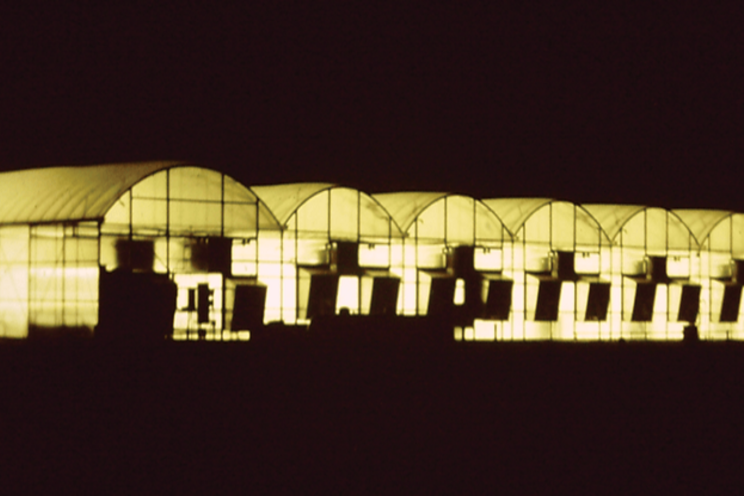Light pollution a concern growers must account for
Added on 04 February 2021

The greater use of LED and HID supplemental lighting has increased the yield and quality of many crops grown in greenhouses. Extending the light period to reach the optimum daily light integral (DLI) is now within economic means for many crops as rapid advances in lighting technology and fixture efficiency improve. Now, growers need to address the problem of keeping the light within the greenhouse.
Reports continue to proliferate of neighbors to greenhouse operations upset that light pollution is impacting their environment and health. Currently, there are no dark sky designations (i.e. areas where light pollution is regulated to ensure good stargazing conditions) anywhere on the east coast of the U.S. Although very little of the problem can be attributed to greenhouses, the visual impact of a large greenhouse lit up all night can upset neighbors and encourage them to want to take action.
Common citizen concerns around light pollution typically include:
- Inability to view the stars and planets
- A negative effect on wildlife, ranging from the development of amphibians to foraging and mating
- Disruption of normal flight patterns of migratory birds
- Increased sleep disorders, headaches, fatigue and anxiety in humans
Having been the secretary to a local planning and zoning commission for 40 years, I have experienced public environmental concerns and the need for the commissioners to take action. This is starting to happen in some states now related to light pollution.
The industry needs to be proactive by coming forward with solutions that are acceptable to both growers and the public.
Recent action by the Kingsville, Ontario, town council shows the potential impact for greenhouse operators. The council passed a bylaw that will fine an individual $5,000 for a first offence and $10,000 for subsequent violations related to greenhouse light pollution. For corporations, the minimum fine is $50,000 for the first offense and $100,000 for each subsequent offense.
At the present time there are very few guidelines that commissions can draw on. How much stray light is acceptable? I am not aware of any research that shows the amount of light that escapes from a typical lighted greenhouse at night. It would include among other factors the indoor light level, type of fixtures and the transmittance of the greenhouse glazing. Most regulations that have been developed reference the International Dark Sky Associations standards that state that "no artificial light can escape a parcel upwards or outwards."
In addition, enforcement of many of these regulations requires funding that is often difficult to acquire.
Here's my advice …
Growers planning supplemental lighting installations should act proactively and address these concerns with the local building department or governing body, specifically with some possible suggestions
The best solution is to install blackout curtains both overhead and on the walls. This is a positive measure that can eliminate the problem. Curtain systems are expensive ($2 to $6/sq ft) but the savings in heat and the increased light that gets to the plants will help to pay for them.
Being proactive related to community concerns on light pollution is probably the best approach as regulations developed by local regulatory agencies can be very restrictive.
A good curtain material, such as Svensson 10075 FR AB+BW with a reflective upper layer and white bottom layer, has a heat energy savings of 75% and estimated 3% to 5% increase in reflective light that reaches the plants. Another material that is light and tight but allows moisture through is Obscura 9950 FR-W.
Regulations in the Netherlands, where the population density is high, sometimes require 95% to 98% of the light to be retained so that the screen can be cracked open to allow heat and moisture to escape.
A partial solution to the problem might include providing the supplemental light at the beginning or the end of the day when there is some natural sky light, but not at a level that increases the DLI. This reduces the appearance of lighting up the sky in the greenhouse area.
For some crops such as tomatoes and cucumbers, another option might be to install the lighting within or just above the plant canopy. It may also be possible to install the lighting system so that it can be lowered or raised to near the plant canopy reducing the amount of light that shines on the glazing.
Being proactive related to community concerns on light pollution is probably the best approach as regulations developed by local regulatory agencies can be very restrictive.
Photo: Plant lighting systems without blackout screens can create light pollution concerns in adjacent neighborhoods. Courtesy of John W. Bartok Jr.
Source: Total Energy Group
Source: Total Energy Group
More news















